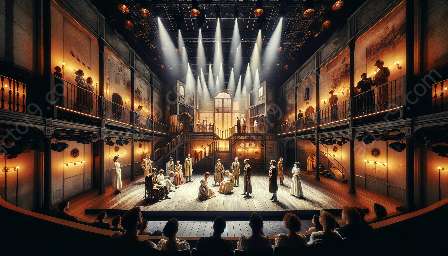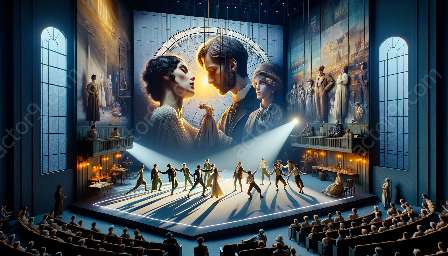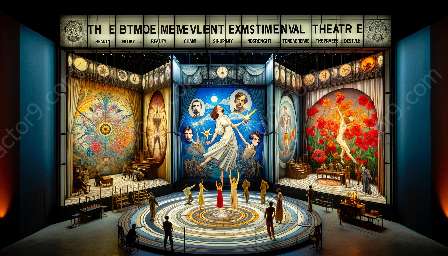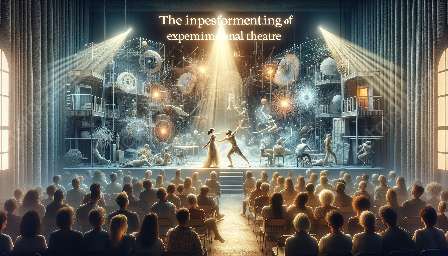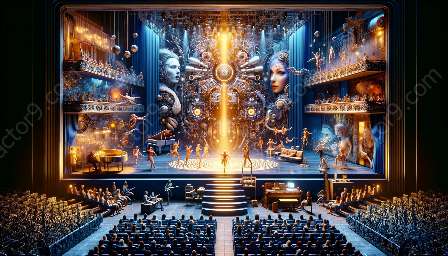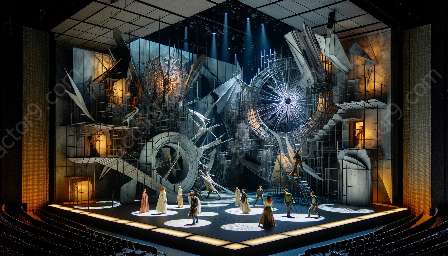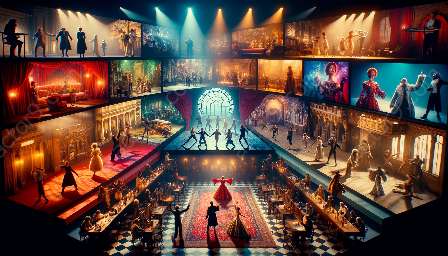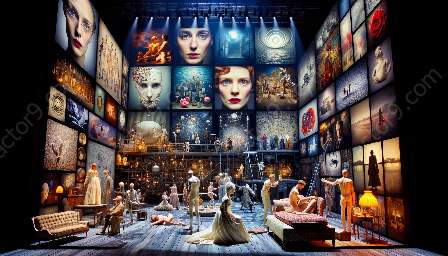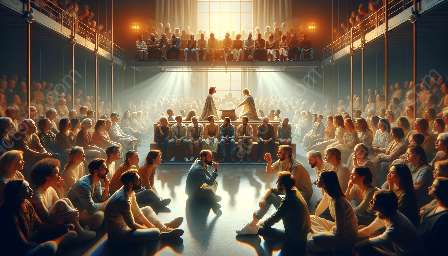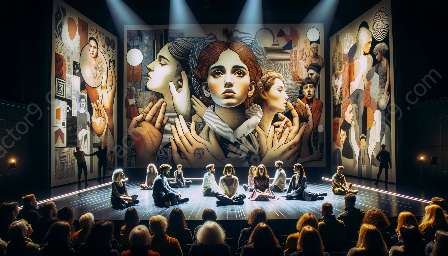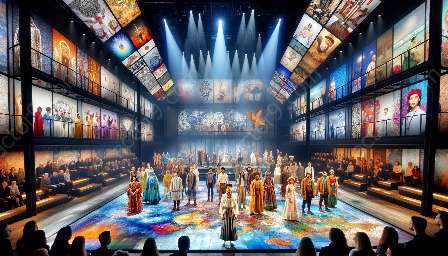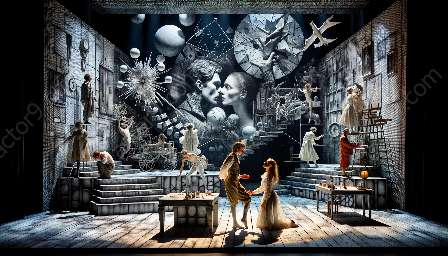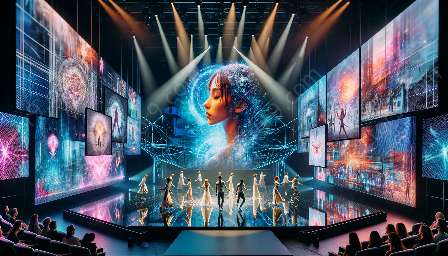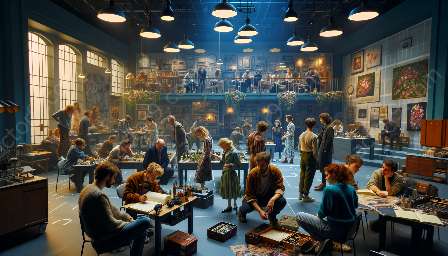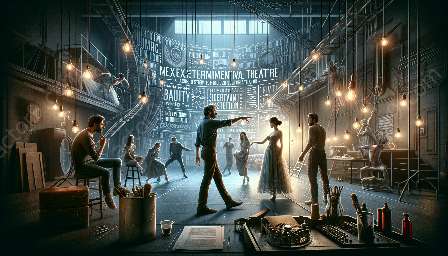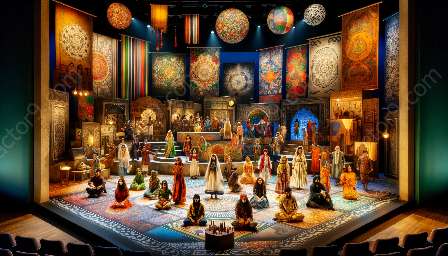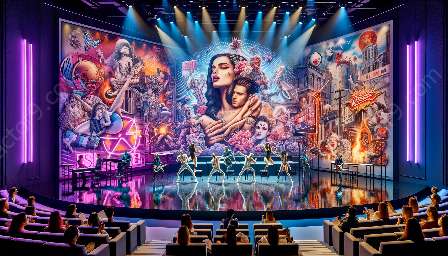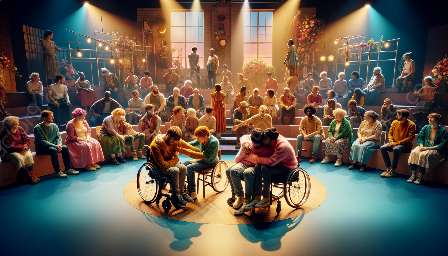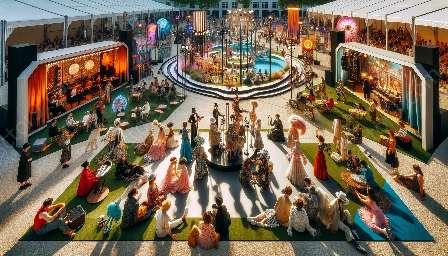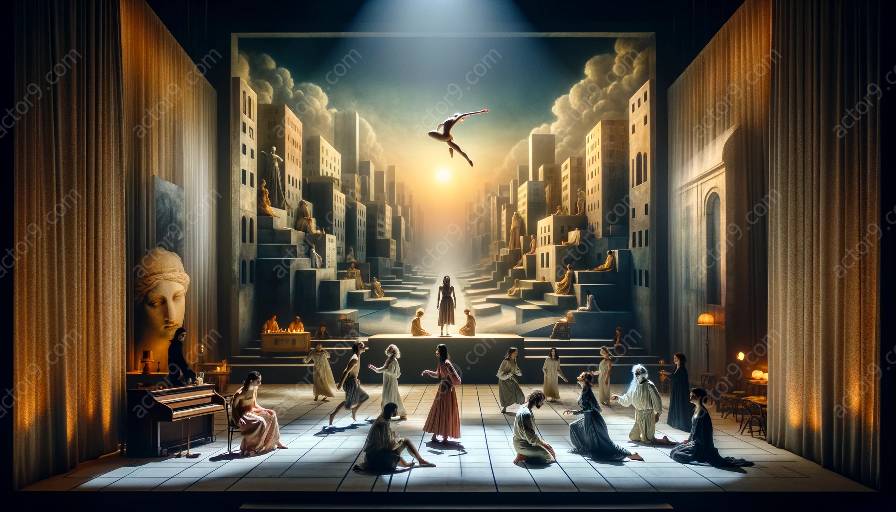The world of theatre is constantly evolving, and one of the most powerful catalysts for change in recent years has been the rise of collaborative approaches in experimental theatre. This trend has significant implications for the future of theatrical expression, offering new potential for creativity, innovation, and audience engagement. By examining the intersection of collaborative approaches in experimental theatre and its influence on future trends, we can gain a deeper understanding of the evolving landscape of the performing arts.
Collaborative Approaches in Experimental Theatre
Collaborative approaches in experimental theatre represent a departure from traditional hierarchical structures, emphasizing a more egalitarian and cooperative process among artists, directors, performers, and other creatives. This approach encourages collective decision-making, shared responsibilities, and a spirit of inclusivity that welcomes diverse perspectives and talents. By enabling a fluid exchange of ideas and skills, collaborative approaches foster a sense of ownership, mutual respect, and shared purpose within the creative team.
One of the defining features of collaborative approaches is their openness to interdisciplinary influences. It is not uncommon to find theatre productions that incorporate elements of visual arts, music, dance, technology, and other forms of expression. This interdisciplinary approach not only enriches the creative process but also expands the boundaries of theatrical experience, offering audiences a multi-sensory and immersive journey.
Implications for Future Theatrical Trends
As collaborative approaches continue to gain traction, they are reshaping the future landscape of theatrical expression in several impactful ways. Firstly, they are democratizing the creative process by breaking down traditional hierarchies and power dynamics, allowing diverse voices to contribute meaningfully to the artistic vision. This democratization fosters a more inclusive and representative theatre that reflects the rich tapestry of human experience.
Furthermore, collaborative approaches emphasize experimentation and risk-taking, propelling theatre into uncharted territories that challenge conventions and preconceptions. This spirit of innovation leads to the exploration of new narrative forms, performance styles, and engagement techniques that captivate and intrigue modern audiences, offering them fresh perspectives and thought-provoking experiences.
Another implication of collaborative approaches is their potential to foster deeper connections with audiences. By involving diverse stakeholders in the creative process, from conception to performance, theatre productions can resonate more authentically with a wide range of viewers, fostering a sense of community and shared ownership among those who experience the work.
Shaping Future Trends
Collaborative approaches in experimental theatre are actively shaping the trajectory of future trends in the performing arts. By fostering a culture of openness, diversity, and experimentation, these approaches are redefining the boundaries of what theatre can be and how it can engage with society. They are opening up new frontiers for artistic expression, empowering artists to forge new paths and challenge established norms. As the influence of collaborative approaches continues to expand, it is likely that future theatrical trends will increasingly embrace these principles, leading to an era of ever-evolving, boundary-pushing, and socially conscious performances.
In Conclusion
The rise of collaborative approaches in experimental theatre carries profound implications for the future of theatrical trends. By promoting inclusive, diverse, and innovative practices, these approaches are reshaping the landscape of theatrical expression and redefining the relationships between artists, performers, and audiences. As we look ahead, it is clear that collaborative approaches will continue to be a driving force in the evolution of theatre, inspiring new forms of creativity and engagement that speak to the complexities of our contemporary world.

